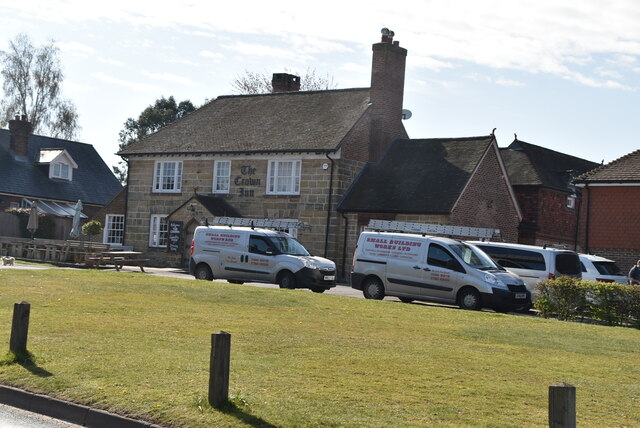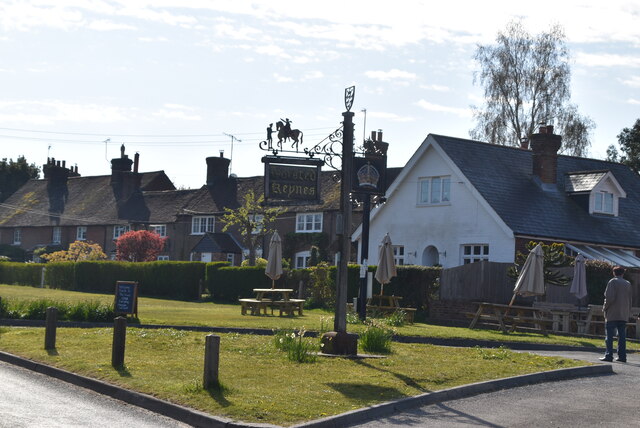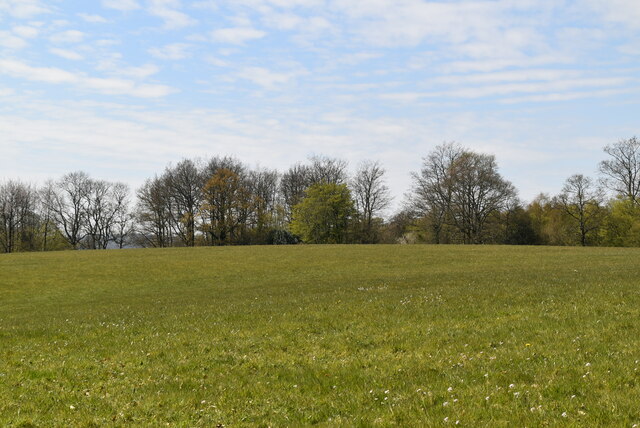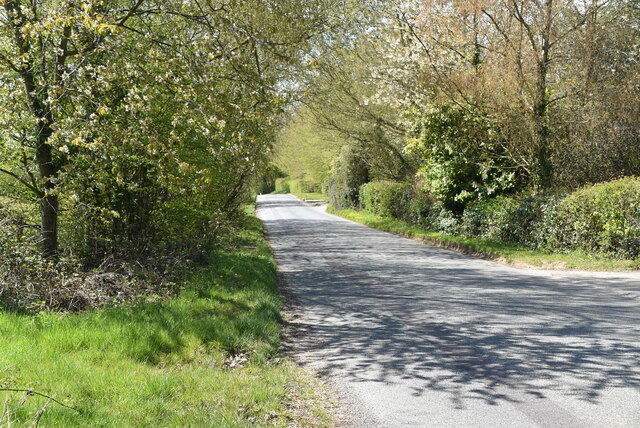Rose Shaw
Wood, Forest in Sussex Mid Sussex
England
Rose Shaw
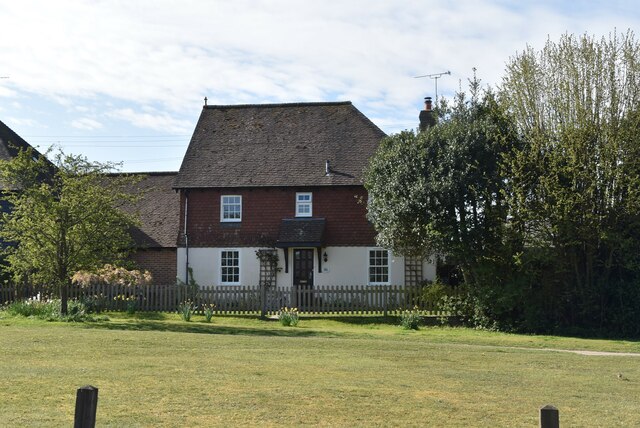
Rose Shaw is a charming and picturesque woodland located in Sussex, England. Nestled within the sprawling countryside, this forested area is known for its natural beauty and peaceful ambiance. Spanning over a vast expanse, Rose Shaw is an idyllic retreat for nature lovers, hikers, and those seeking solace in the tranquil surroundings.
The forest is characterized by its dense growth of tall, mature trees, primarily consisting of oak, beech, and chestnut varieties. These majestic trees create a lush canopy overhead, offering shade and shelter to the diverse flora and fauna that call Rose Shaw their home. The forest floor is adorned with a rich carpet of wildflowers, ferns, and mosses, adding to the enchanting atmosphere.
Visitors to Rose Shaw have the opportunity to explore an extensive network of well-marked trails that wind their way through the woodland. These paths cater to all levels of hiking ability, from leisurely strolls to more challenging treks. Along the way, hikers may encounter babbling brooks, small ponds, and even hidden waterfalls, adding to the allure of the forest.
The forest also provides a habitat for a wide range of wildlife, including deer, foxes, badgers, and various species of birds. Nature enthusiasts will delight in the chance to observe these creatures in their natural habitat, making Rose Shaw a popular spot for birdwatching and wildlife photography.
Overall, Rose Shaw in Sussex is a stunning woodland retreat, offering visitors an opportunity to immerse themselves in the beauty of nature. Whether it's for a peaceful walk, a chance to observe wildlife, or simply to enjoy the serenity of the forest, Rose Shaw is a must-visit destination for nature enthusiasts.
If you have any feedback on the listing, please let us know in the comments section below.
Rose Shaw Images
Images are sourced within 2km of 51.02261/-0.042102597 or Grid Reference TQ3726. Thanks to Geograph Open Source API. All images are credited.

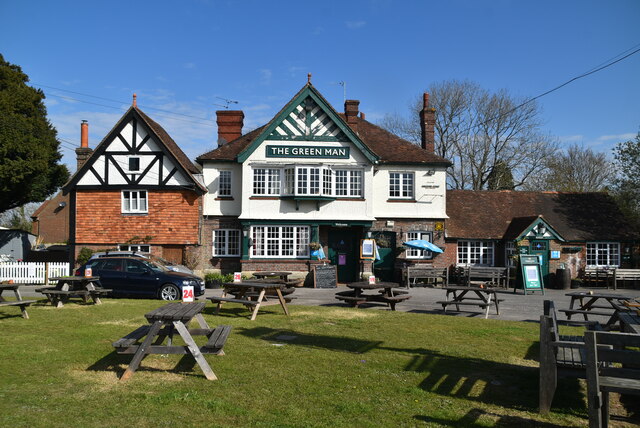
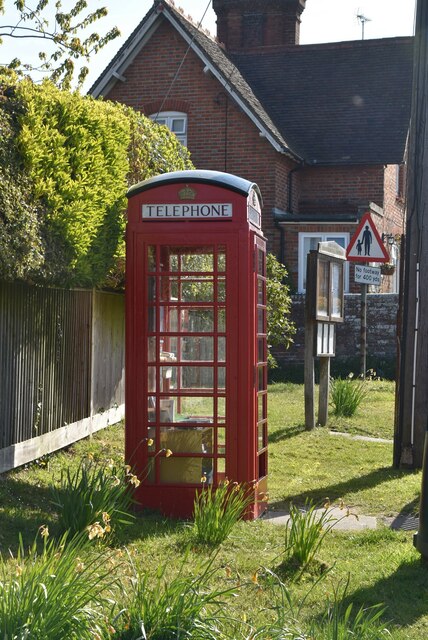
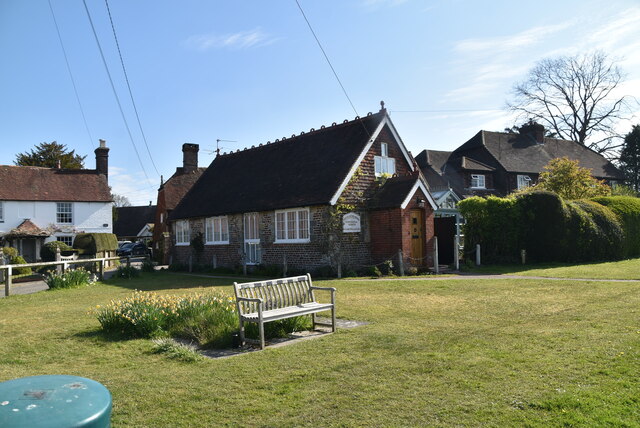
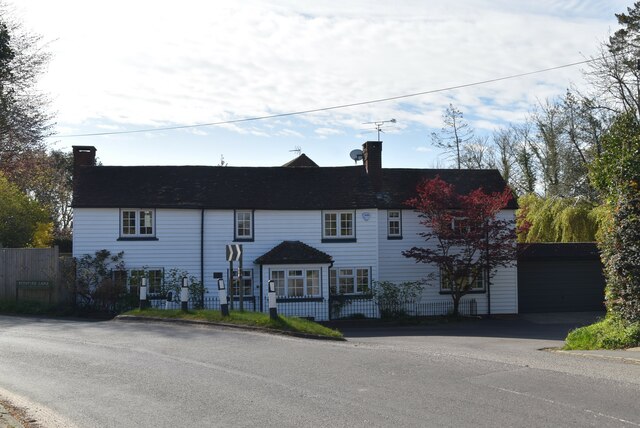

Rose Shaw is located at Grid Ref: TQ3726 (Lat: 51.02261, Lng: -0.042102597)
Administrative County: West Sussex
District: Mid Sussex
Police Authority: Sussex
What 3 Words
///surprised.trending.relax. Near Horsted Keynes, West Sussex
Nearby Locations
Related Wikis
Freshfield Lane
Freshfield Lane is a 17-hectare (42-acre) geological Site of Special Scientific Interest east of Haywards Heath in West Sussex. It is a Geological Conservation...
Bluebell Railway
The Bluebell Railway is an 11 mi (17.7 km) heritage line almost entirely in West Sussex in England, except for Sheffield Park which is in East Sussex....
Horsted Keynes
Horsted Keynes KAYNZ is a village and civil parish in the Mid Sussex District of West Sussex, England. The village is about 5 miles (8 km) north east...
Forest Way
The Forest Way is a linear Country park providing walking, cycling, horse riding and the quiet enjoyment of the countryside. It runs for around 16 km...
Great Walstead School
Great Walstead School is a private day school for girls and boys between the ages of 2½ and 13 years with a Christian ethos. It has some 400 children in...
Lindfield & High Weald (electoral division)
Lindfield & High Weald is an electoral division of West Sussex in the United Kingdom, and returns one member to sit on West Sussex County Council. ��2...
St Giles' Church, Horsted Keynes
St Giles' Church is an Anglican church in the village of Horsted Keynes in Mid Sussex, one of seven local government districts in the English county of...
Eastern Road Nature Reserve
Eastern Road Nature Reserve is a 3.5-hectare (8.6-acre) Local Nature Reserve on the eastern outskirts of Haywards Heath in West Sussex. It is owned and...
Nearby Amenities
Located within 500m of 51.02261,-0.042102597Have you been to Rose Shaw?
Leave your review of Rose Shaw below (or comments, questions and feedback).
